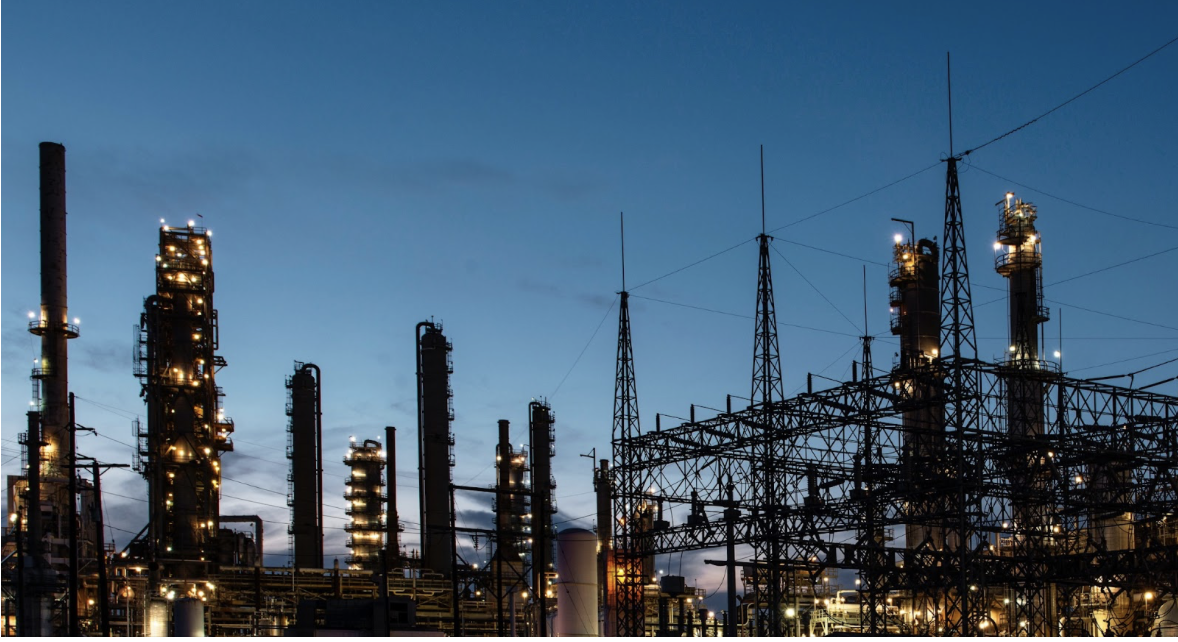Europe vs Russia- The Energy War
by Margaux Baudry, reading time 2 min 40
When Russia invaded Ukraine in February 2022, Europe’s most toxic relationship was exposed to broad daylight. Dependent on Moscow for 40% of its natural gas, the European Union suddenly found itself financing the war it condemned. The response came swiftly: REPowerEU, a plan to end all dependence on Russian fossil fuels by 2027.
The Great Energy Decoupling
Launched in May 2022, REPowerEU aims to sever Europe’s reliance on Russian hydrocarbons. The initiative rests on four pillars: saving energy through efficiency, diversifying oil and gas suppliers, accelerating renewable energy, and investing in infrastructure such as LNG (Liquefied Natural Gas) terminals and hydrogen networks.
The numbers show progress, but not victory. Russian gas accounted for 40% of EU imports in 2022, 15% in 2023, ticked up slightly to 19% in 2024, and is expected to fall to 13% in 2025. It’s a sharp decline, but the Kremlin’s energy shadow hasn’t disappeared.
Europe’s Shock Absorption
Economically, the EU has handled the decoupling better than expected. After the initial shock, fossil fuel import bills have halved compared with 2022, saving European economies an estimated €250 billion annually. New legislative frameworks, the Critical Raw Materials Act, the Net Zero Industry Act, and the Clean Industrial Act, have turned crisis into strategy.
The outcome? By 2030, the EU aims to become the world’s most electrified economy, turning its energy trauma into a catalyst for green industrial renewal.
Russia’s Counter-Reality
On the other side, Russia’s economy has shown surprising resilience — at least on the surface. Despite sanctions, the Kremlin has maintained macroeconomic stability. Yet beneath the figures lies stagnation: stagflation, redirected investment toward the war effort, and shrinking export horizons.
Gazprom alone stands to lose €160 billion in revenue between 2025 and 2030 due to the collapse of European demand. The once-dominant gas empire has been forced to look eastward, but China and others cannot fully replace the European market’s scale or pricing power.
The Paradox: Still Funding the Kremlin
Despite the rhetoric of independence, Europe’s actions tell a conflicted story. In 2025, the EU still paid €21.9 billion for Russian fossil fuels, a mere 1% reduction from 2024. That’s more than the €18.7 billion in financial aid Europe sent to Ukraine the same year… Critics call it “subsidizing both sides of the war.”
What Happens When the War Ends?
The reality is that a “back-to-normal” energy relationship seems nearly impossible. The Nord Stream 1 pipeline was sabotaged in 2022, Nord Stream 2 never went operational, and Yamal-Europe was nationalized and shut down. The Druzhba oil pipeline still carries Kazakh and Russian crude to parts of Central Europe, but volumes are modest.
Legally, the relationship is also broken: arbitration disputes have become unenforceable, and lifting sanctions would require unanimous approval from all 27 EU members, an unlikely scenario given staunch opposition from Poland and the Baltic states.
The Road to 2027
The path forward is not without friction. Some EU members (notably Hungary and Slovakia) continue to favor energy trade with Russia. Others push for a full embargo and accelerated renewables. Meanwhile, hidden imports via intermediaries and re-exported fuels blur the line between compliance and convenience.
Yet momentum is real. The EU’s investment in LNG infrastructure, green hydrogen, and electrification has redefined its long-term energy landscape. The energy war, in that sense, is reshaping Europe’s geopolitical identity as much as its grid.
